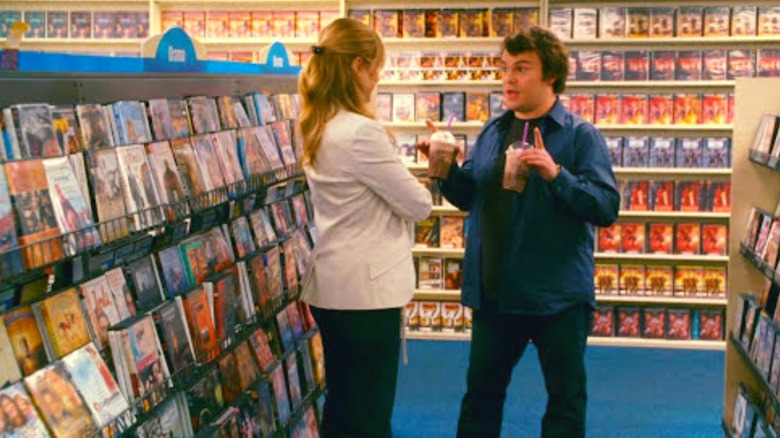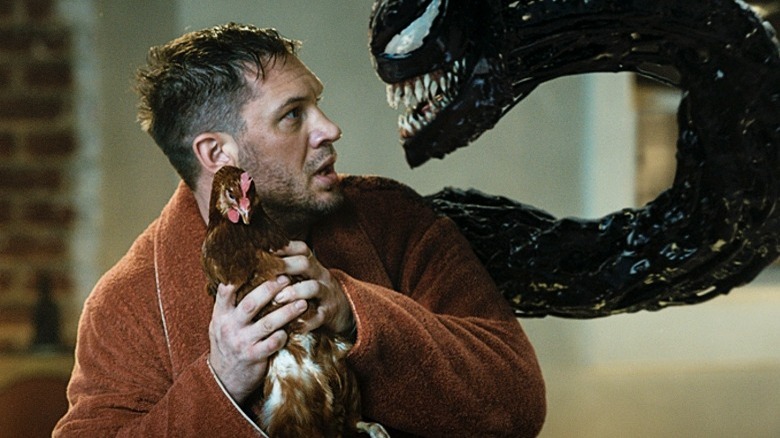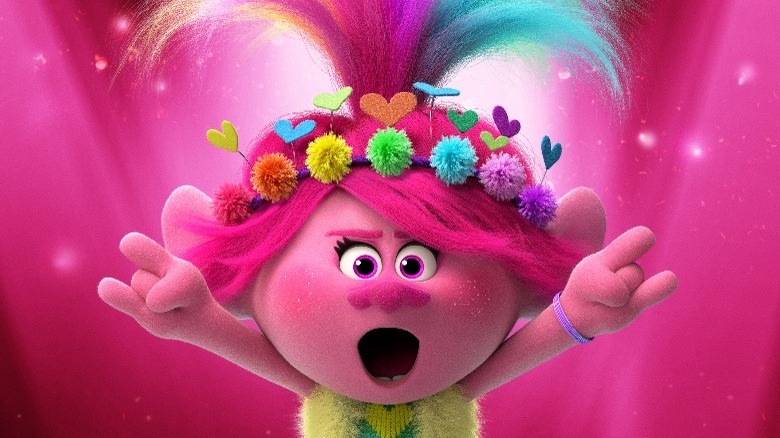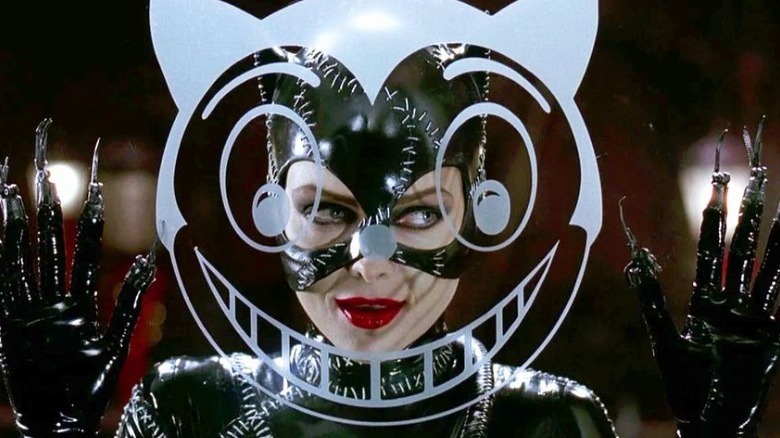Why Streaming Movies Is More Expensive Than Buying The Blu-Ray Or DVD
Once upon a time, we all had to go to a theater or video store if we wanted to watch a movie. Now, a vast catalog of film and television is at our fingertips, with options to stream, rent, or purchase a huge percentage of titles online. This boom period for streaming has led to an ongoing discussion about the role physical media holds in a digital world. Yet when weighing the pros and cons of our personal media libraries, debating picture quality and lasting power, one factor often goes unexamined: price.
You might imagine that a streaming title will always be less expensive than its DVD or Blu-Ray counterpart, but that doesn't seem to be the case. Sometimes, the difference is small, as when Amazon sells a DVD copy of "Venom: Let There Be Carnage" for $17.96 while the digital copy costs $19.99. Often, with films that are more than a few years old, the price difference is much more significant. The 2015 Melissa McCarthy comedy "Spy," for example, is currently available on DVD through Amazon for an astoundingly low price of $2.99, while the site is selling a digital copy for $12.99 and competitor iTunes has it priced at $14.99. In many cases, brand new DVD and Blu-Ray copies are available from major retailers at a lower price point than digital copies.
Physical Media Is Subject To Price Slashing
Why is there a vast price difference between VOD (Video On Demand) movie options and physical media options? Well, there are several likely reasons. While data about the cost of physical media production isn't widely available, the factory cost of DVDs and Blu-Rays is widely speculated to be very low. Physical media is also beholden to the tenets of supply and demand in a practical way that digital media is not; DVDs and Blu-Rays take up storage space in warehouses and on shelves, so distributors are especially inclined to offload their inventory. Often, this is done through huge sales and slashed prices.
Big data has also changed the media-buying game. Amazon, in particular, is famous for its sophisticated price-changing tool. As Business Insider points out, the corporate giant uses its extensive collection of data points to change prices on items as frequently as every 10 minutes. These algorithms rely in large part on competitor's pricing, meaning if a specific DVD can be found cheaper elsewhere, Amazon's software may pick up on that and lower its DVD price as well. The result of this human-free approach to pricing is often items, including physical copies of movies, with prices that make no sense and may not even come close to matching the cost of a digital copy.
2020 Set A Lucrative VOD Precedent
The pandemic economy has also set a lucrative precedent for the VOD industry. When movie theaters shut down completely in the spring of 2020, studios were forced to make unprecedented business decisions. Universal was among the first to make a major move, releasing "Trolls: World Tour" exclusively through VOD and quickly racking up $100 million in revenue from rental fees. The $19.99 fee for a digital copy of "Trolls: World Tour" didn't actually grant viewers their own digital copy to keep, but just gave them a 48-hour viewing window. Soon after, Disney's live-action "Mulan" took a similar path, with a $29.99 purchase price tag, and in doing so raked in more money domestically than "Tenet" did worldwide.
If these numbers are anything to go by, viewers who choose to purchase digital copies of movies have mostly accepted VOD prices, and may think of them as paying for immediacy. Just as food delivery apps add fees for the cost of bringing you a fresh, hot meal, additional expenses on websites like Amazon, Google Play, and iTunes could easily seem worthwhile for someone who doesn't want to make the trek to Best Buy or wait for a DVD to arrive by mail.
We're In An Immediacy-Driven Economy
Long before 2020's global pandemic economy, we were seeing a trend towards instant gratification influenced by at-your-fingertips streamers like Netflix. COVID-19 has only made this trend more inevitable, as people currently have a very good reason for seeking out at-home entertainment. As the demand for digital movies increases, it's easier for studios to try out higher-price models for individual films, and to gauge our interest as consumers as they go. These changes are already underway: Variety reports that a 2020 poll by the app TV Time shows that viewers have an expectation that superhero films should cost more on VOD, while arthouse films should cost less.
You can't put a price tag on a movie that's meaningful to you, but it's worth remembering that someone else always can. While streamers and corporations wage a seemingly endless war over how much art should cost, it's also worth noting that you can grab a DVD double-feature of two Michael Keaton "Batman" films for under $7 at big-box retailers, while they'd run you about $20 total on iTunes and Amazon. Does this solve any complex, disheartening, industry-wide problems? No, but hey, at least you would get two great "Batman" movies out of it.



